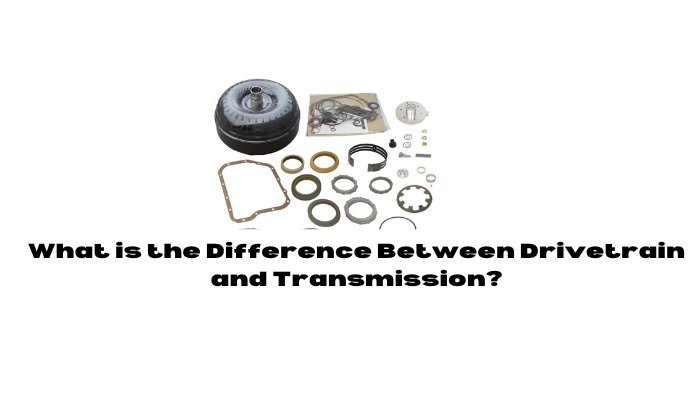
What is the Difference Between Drivetrain and Transmission?
It is essential to comprehend the subtle differences between different components in the complex world of autos. One of the main misunderstandings is the concept of drivetrain and transmission. So, what is the difference between drivetrain and transmission?
Even though both cooperate to move your car ahead, they have different purposes. Midwest Aftermarket presents a detailed guide on what is the difference between drivetrain and transmission so you can recognize the significance of automobile engineering in your routine.
The Functionality of a Drive-Train
The drive-train is the group of parts that transfer power from the engine to the wheels. It functions as the engine that drives the car ahead. Consider it the mechanism that moves the engine's force to the wheels, allowing for mobility.
Components
The fundamental components of a drive train are:
- Engine
- Driveshaft
- Differential
- Axles
- Wheels
Turning the engine's power into motion requires the cooperation of every part.
Types
There are several types of drive trains, including:
- All-wheel drive (AWD)
- Rear-wheel drive (RWD)
- Front-wheel drive (FWD)
- Four-wheel drive (4WD)
These changes determine the distribution of power among the wheels. They affect the vehicle's handling and performance under various circumstances.
Click here to read about Aftermarket truck parts.
Functionality of Transmission
The transmission does the opposite job as a middleman between the engine and the wheels. The transmission ensures that the wheels are receiving the proper amount of force. Its main job is to control the engine's power output. The transmission contains gear ratios to set the rotational speed of the wheels.
The gearbox adjusts the engine speed to wheel rotation ratio through gear shifts. Choosing the right gear enhances the engine's performance in various driving scenarios, including cruising, hill climbing, and acceleration.
Types
Manual and automatic transmissions are among the several types available.
- Automated transmissions function without the driver's assistance. It uses a hydraulic system or electronic controls to change gears automatically.
- In manual transmissions, you (driver) move gears manually using a clutch pedal and gear stick.
What is the Difference Between Drivetrain and Transmission?
The main distinction between the drive-train and the transmission is:
- Transmission modifies gear ratios to control power distribution. In contrast, the drive train transfers power from the engine to the wheels.
- Transmission controls gear shifts to modulate the speed and torque sent to the wheels. On the other hand, the drive-train concentrates on providing power to them.
Click here to buy our efficient Truck Accessories.
The Bottom Line
Considering what is the difference between drivetrain and transmission, you must know that both have a unique yet complementary purpose. The transmission controls power to guarantee maximum economy and performance. The drive train helps the engine deliver power to the wheels.
Gaining an appreciation for the differences between these two crucial elements is crucial. It improves your skills as an automobile owner and comprehends the complexities of vehicle engineering. As a result, you will know more about what drives you when you go on the road again!
- Choosing a selection results in a full page refresh.
!




